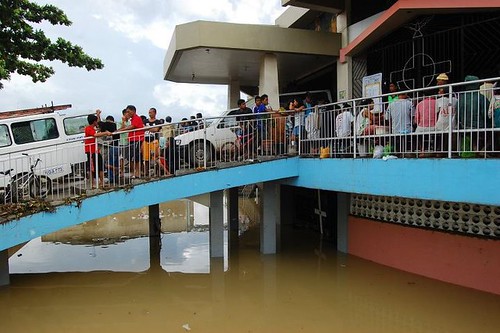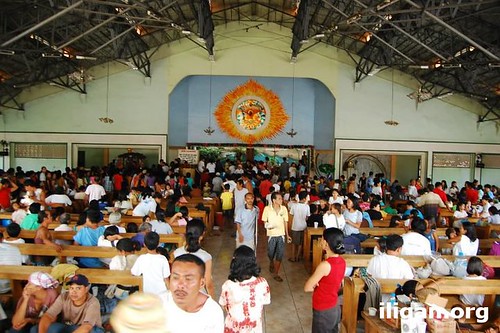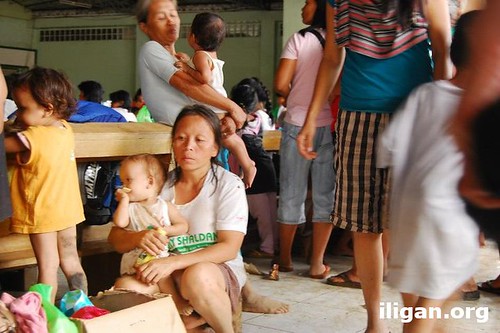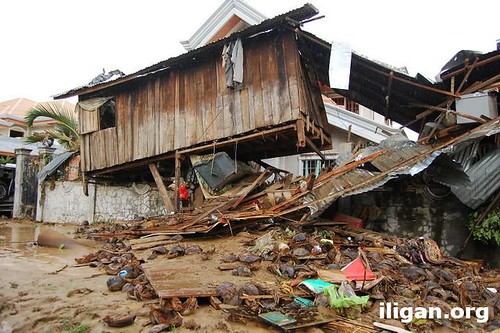So if there was one lesson from this past Profiles in History auction, it is that there are Star Trek prop and costume collectors like you and me. And then there are rich people who like collecting Star Trek props & costumes.
The latter group doesn't care about price quite so much. How else could you explain some of the prices for items that would regularly sell for a fraction of that price? It is good to be rich!
Also, note that Profiles Buyer's Premium, long the lowest in the industry, is now 23%.
The first two items were letters from Gene Roddenberry. The first letter only mentions Star Trek in one paragraph of a four page letter. Pretty basic in my book and not worth the $ 9,000 ($11,070 with BP) someone paid. Definitely more money than sense here.
The second is a letter where Gene Rodenberry is basically whining about doing what an executive producer is expected to do, create something new! Seriously, I read this letter and was like "WTF!" But Gene had a reputation as always over-reaching on compensation (ever heard the story about the lyrics for the theme song he wrote solely to get a cut of residuals on the music?). This letter went for $ 17,000 ($ 20,910 after BP). HOLY CRAP! Enjoy your paper, but that seems insane to me.
The Science Officer Tunic without insignia or rank and faded from years in storage went for a surprising $ 7,500 ($ 9,225 with BP). Seems a lot for a tunic that isn't very eye catching.
The Walking Tribble went for a crazy $ 14,000! ($ 17,220 with BP) The standard Tribble went for $ 5,500 ($ 6,765 with BP). Now, considering I just got a TOS Tribble dirct from David Gerrodl for $ 1,200, this is a bit high! The walking one is cool, but still, way high.
The section of the V'Ger ship that was insanely over-priced with a $ 6,000 opening bid failed to sell. No wonder. That was pretty weak and a $ 1,000 item in my book max. It was totally unrecognizable.
Of course the big news was the Mid-Grade Phaser 1 that went for $ 65,000 ($ 79,950 with BP). A record for such a piece and shows that the high end Star Trek TOS market is very strong.
The Scotty Maroon went for a reasonable $ 8,000 ($ 9,840 with BP). This was an important piece for gauging the market for prices us mortals can afford. This price was in line with other Scotty Maroon's and shows that the Maroon market is still stable in the $ 5,000 (background) to $ 10,000 (Secondary character) range.
The Four TOS Tunics were interesting. I am not a fan of TOS costume without pants. They just don't look right. A TOS costume without pants works, but a TOS does not. But that is my opinion and your results may vary.
Now, two of them did not sell, because of high opening bids.
Lot 1087 Picard $ 5,500 ($ 6,765 with BP)
Lot 1088 LaForge DID NOT SELL
Lot 1089 Riker $ 3,250 ($ 3,997.50 with BP)
Lot 1090 Data DID NOT SELL
The Picard and Riker sold at reasonable levels. With pants, add $ 1,000 or so. But the opening bids on the Geordi and Data were too high.
The Voyager Collection of Uniforms passed and that was just a bad move putting them all together. Sell them individual and they get more than the opening bid.
Finally the Articulated Whale Puppet sold for the opening bid of $ 5,000 ($ 6,150 with BP). Not my cup of tea, but not outrageously priced.
Overall, the auction for TOS items was high and for everything later was pretty inline with previous sales.
Alec




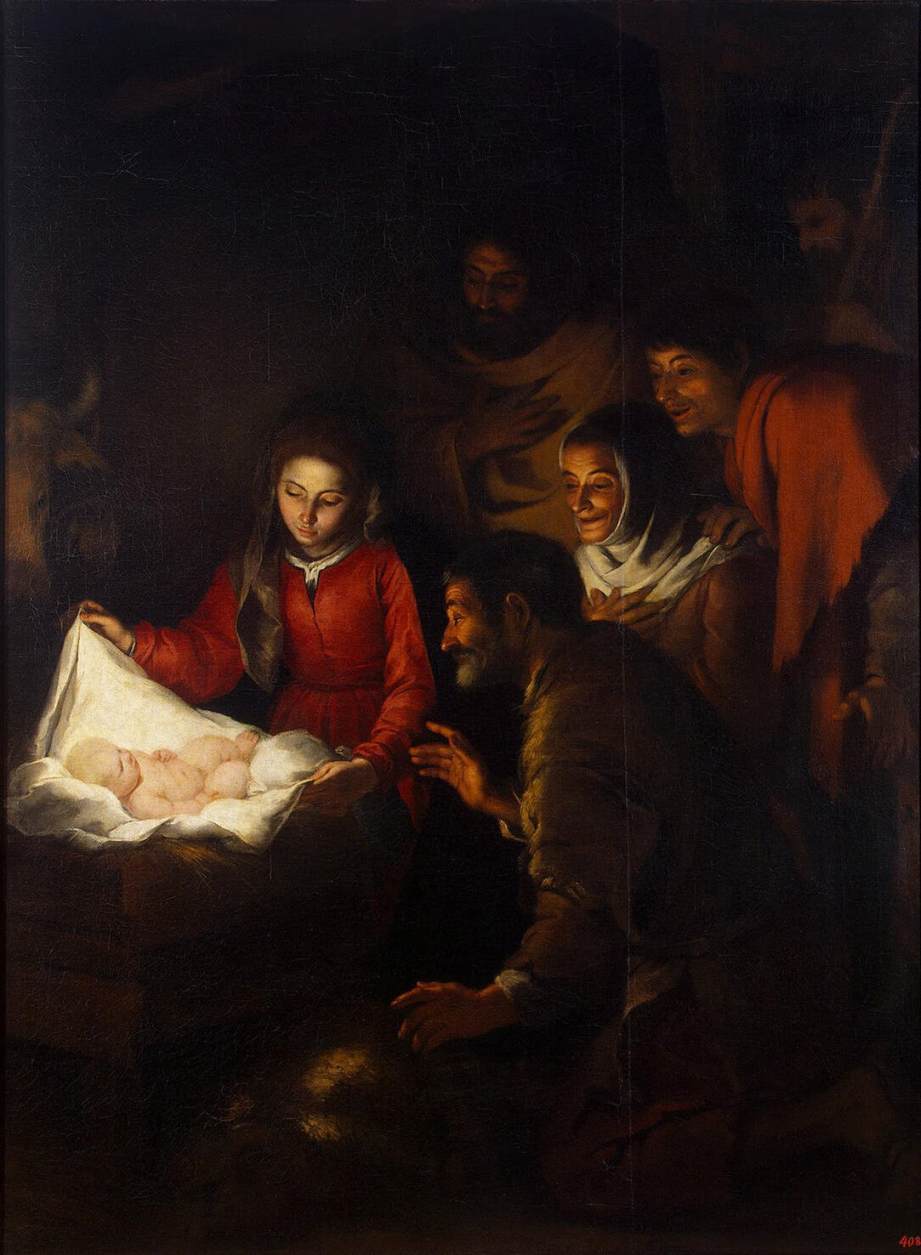




.JPG/800px-Pietn%C3%AD_shrom%C3%A1%C5%BEd%C4%9Bn%C3%AD_na_V%C3%A1clavsk%C3%A9m_n%C3%A1m%C4%9Bst%C3%AD_p%C5%99i_p%C5%99%C3%ADle%C5%BEitosti_%C3%BAmrt%C3%AD_V%C3%A1clava_Havla_v_roce_2011_(12).JPG)

